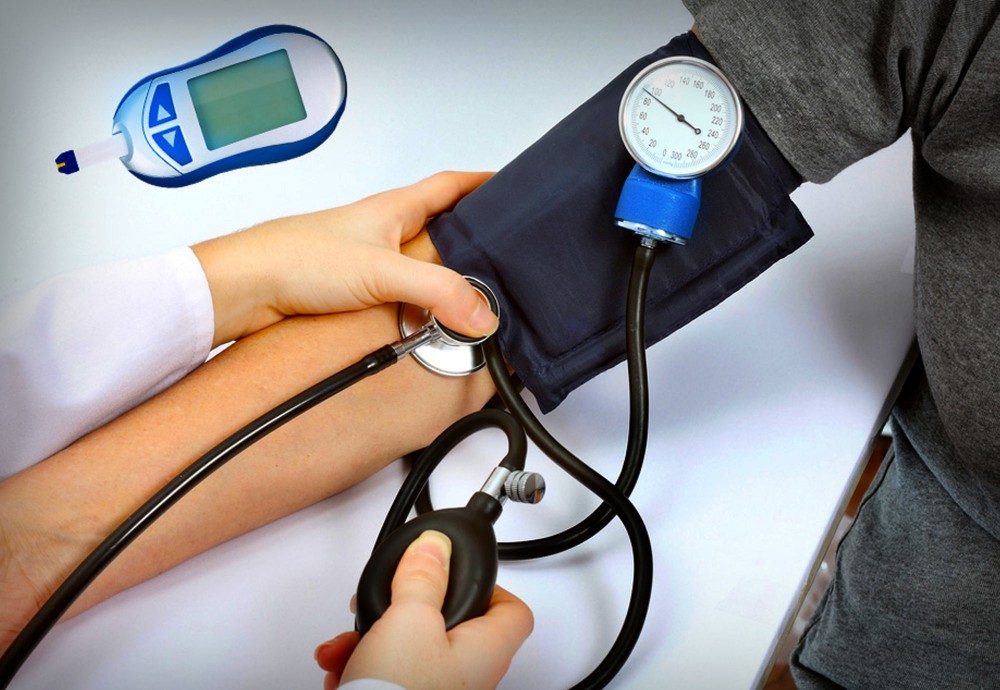What is hypotension and how is it dangerous?

Normal pressure varies depending on the constitutional, physiological characteristics of a person: the pressure that is low for one person is normal for another. The complaint about “low pressure” is, of course, not really a complaint. A person does not feel numbers, but discomfort, which is usually expressed in physical weakness, sometimes so acute that one can faint and faint (lose consciousness). It is believed that blood pressure is lower than 90/60 mm Hg or a drop of 30 mm Hg. Strong coffee, tea, lying down with raised legs – these traditional  household recommendations are not for everyone and only bring relief for a while.
household recommendations are not for everyone and only bring relief for a while.
The level of blood pressure depends on heart strength and vascular tone (by the way, it is predetermined in many ways by your genetics). In simple terms, the heart must receive a certain amount of blood in order to maintain normal pressure (i.e., well-being). Hypotension, as a manifestation of a weak vascular tone, can interfere with practicing some sports and does not allow you to quickly recover from physical activity (even some types of fitness). Significantly worse in terms of consequences, if the decrease in blood pressure is caused by heart weakness (heart attack, for example), heart defects, accompanied by acute shortness of breath, chest pain, headache, palpitations, dizziness. When low blood pressure is recorded in shock conditions, that is, with an acute decrease in blood pressure https://en.wikipedia.org/wiki/Blood_pressure – with bleeding, injury, high temperature, dehydration against the background of vomiting, diarrhea, and allergies – you must immediately call an ambulance. Hypotension (low blood pressure) often complicates thyroid disease. It is imperative to establish your individual reasons in order to receive the correct treatment.